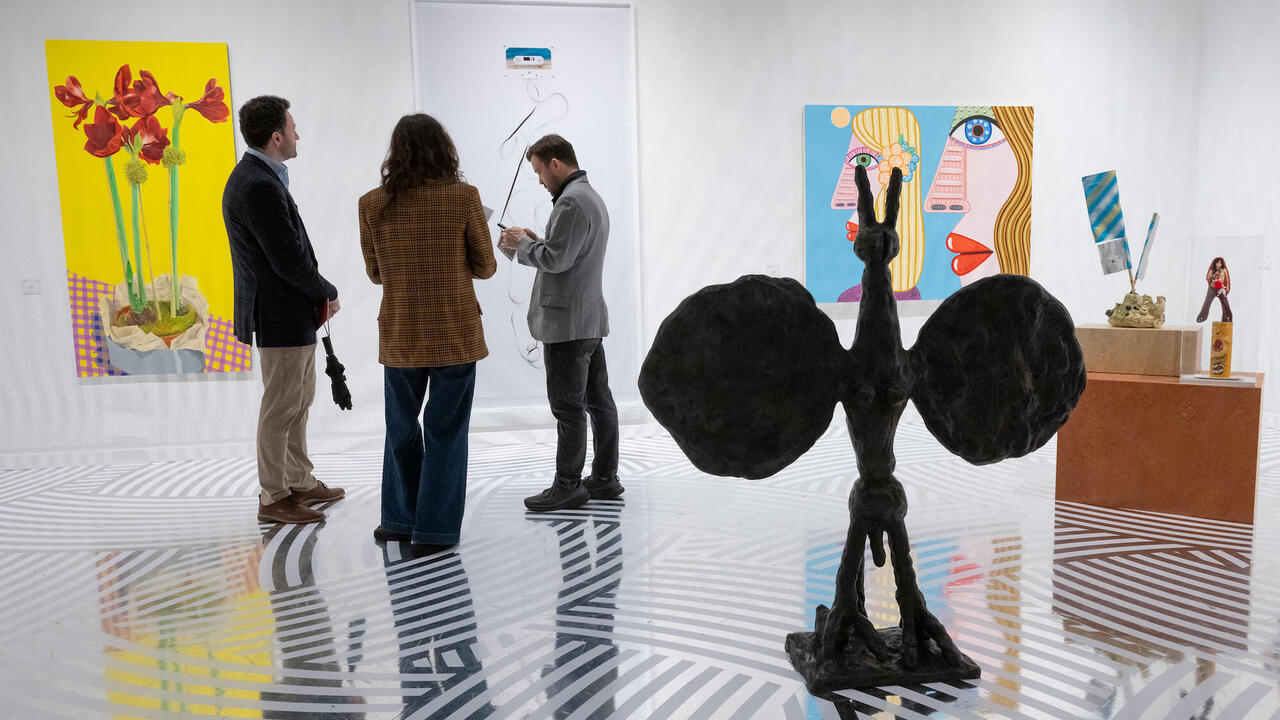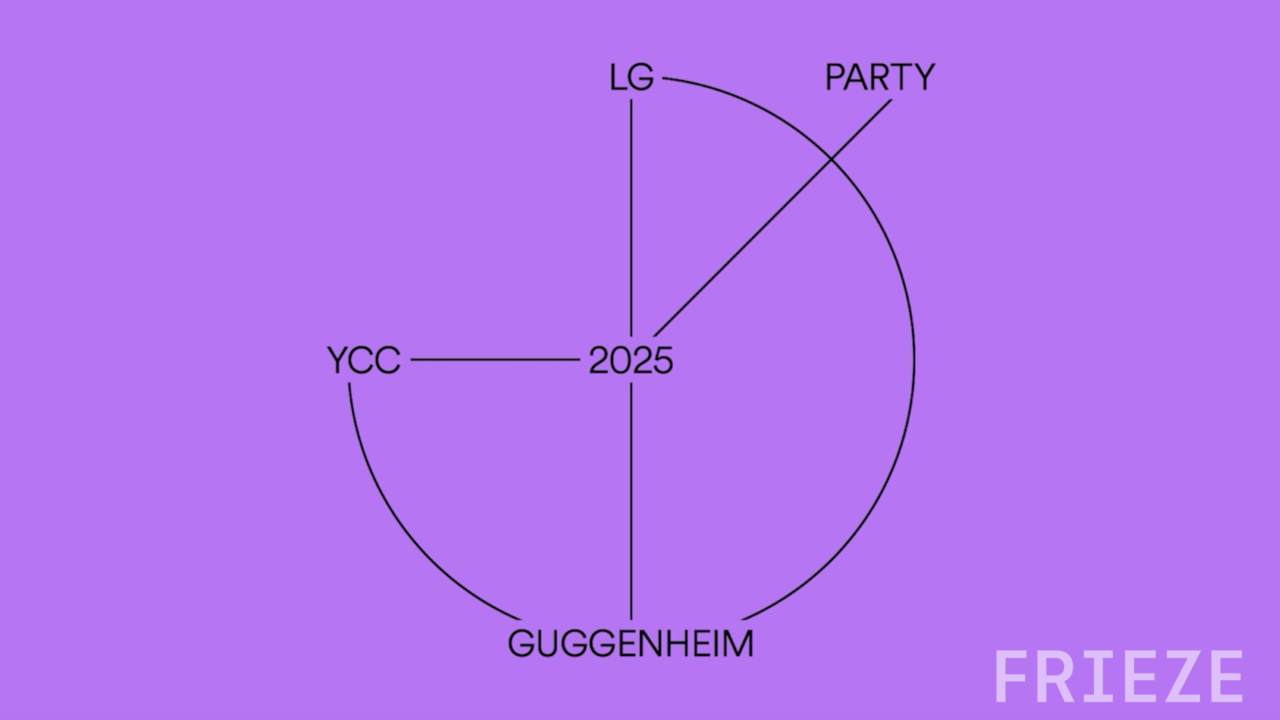New York’s Performance Space Heralds “a Return to Intimacy”
Performance Space’s director Pati Hertling and artistic director Taja Cheek explain how the venue is getting bigger by getting smaller
Performance Space’s director Pati Hertling and artistic director Taja Cheek explain how the venue is getting bigger by getting smaller

Tara Aisha Willis When did each of you first come into contact with Performance Space New York?
Pati Hertling I grew up in Berlin and first moved to New York in the early 2000s to study law at Fordham University, during which time I stayed in Long Island City and on St Mark’s Place, near Performance Space 122 [PS122]. Then, when I returned from Berlin for a second time in 2007, I again lived around the corner from PS122 and, while I think I only went to a show there once or twice, I was always very aware of the space, its place in the East Village and its long history as a radical venue for performance.
Taja Cheek I found my way into the art world by accident. In college, I was studying music and was very dissatisfied with it for many reasons, so I ended up finding my way to the art school. I went to a lot of talks and found out about spaces like The Kitchen, where I interned right after college. I worked in the archives because they were mounting their anniversary show and I learned so much about New York in the 1970s and ’80s—the interconnected web of people, places and spaces. I probably first encountered PS122 at that time.
TAW Pati, you’ve been working at Performance Space since 2018, which has been an especially intense six years.
PH Yes, in January 2020 we handed over the keys to a group of artists. That was the start of our 02020 project, which, for us, was a new beginning. Embarking on this, at first, I was concerned that we needed a structure: we needed to ask questions and find solutions. But then, through the daily experience, I began to understand clearly that the power of it, and the potential for change, was in the process and not about getting answers at all. Everything that happened inside the building and our interactions with neighbors, artists and the community seemed to be a microcosm of what was going on outside in 2020. It was a year-long project and it fundamentally changed how we approach everything we do at Performance Space in a way that was not premeditated or planned. The experience has now become part of our DNA.
TAW And how is it for you, Taja, coming in now?
TC It was encouraging to me that everyone could work collaboratively to build a structure based on mutual respect and sustainability—thinking about everyone on staff as human beings, as people who live multifaceted lives. I’m curious about a lot of the past programs that are no longer happening. I hope to keep having conversations with people that were key to these earlier moments, like Sarah Michelson. I’m curious about Hothouse, for example, and histories of improvisation at the institution. Improvisation is something that I’m interested in and want to find a way back to.

TAW Both of you have such variety in your backgrounds: Taja as an artist and curator; Pati with your legal background and as a curator. How are these histories and practices helping you usher in this next phase?
TC I think there’s a fear of artists within institutions and, if you’re an artist, you’re expected to behave in a certain way. There’s a concern that if you’re a practicing artist you won’t put enough into your role—that, somehow, everything you’re doing will be self-serving and you won’t be able to give yourself fully to an organization. But there are so many important figures in our field, historically and currently, who were or are artists, who went to art school or pursued other, related studies. These creative experiences brought them to their roles as curators or directors. In general, there’s not enough of an acknowledgment of the messy entanglement of titles and roles that everyone inhabits.
PH In my “previous life” as a Holocaust art restitution attorney, I was able to get a very deep understanding of how and why cultural movements, especially during the 1920s and ’30s, became critical in times of political oppression. I have always been interested in the history of social spaces where artists and their communities gathered and conversed and how these spaces then acted as strongholds of cultural resistance.
Learning more about the history of Performance Space, particularly its role in the 1980s as a haven for free speech amid the culture wars and the AIDS epidemic, has deepened my conviction in the importance of these kinds of sites. I firmly believe that real-life experiences and the insights they provide—especially regarding our communities’ immediate needs—often have a more significant impact than traditional academic and art-historical approaches.
Institutions like ours should aim not just to follow an established path but also to engage with and reflect the changing needs and concerns of our communities. And so, through our leadership structures and approaches, our leadership team, including myself, Taja and Ana Beatriz Sepúlveda, are working to be fully reflexive and deeply engaged with our growing communities. We’ve all developed our skills through hands-on organizing, curating, programming and administering, rather than relying solely on formal academic qualifications. I think there is a real commitment to adaptability and responsiveness, ensuring that our work remains relevant and impactful in the face of evolving societal challenges.
TAW You have multiple spaces and this building can operate in so many different ways. Are there things that you’re already thinking about in terms of the program’s structure?
TC I’m not there yet, but I think a season can tell a story or have a point of view. Whether it’s overt or not, a collection of programs, presented together, is meaningful and an audience will pick up on trends and themes across a season.

TAW Can you tell us about your collaboration with Frieze this year?
PH We have invited Chella Man to select the video program at Frieze and they are also going to do a performance, titled Autonomy, at Performance Space. Chella showed work at Performance Space in 2022, as part of our “John Giorno Octopus Series” [in the group exhibition “Transcendence,” organized by Puppies Puppies aka Jade Guanaro Kuriki-Olivo]. After this, Chella stayed in communication with us and often participated in our Sunday Open Movement workshops. Chella has actively expanded our community at Performance Space by bringing their communities of friends and collaborators with them. Working with them is a great example of how we want to exist and grow as an organization—expanding through all of our deep contact points with artists and thinkers, making our space an inviting and accessible one so that people want to be here and feel safe to work and experiment. We are embracing this development on a presenting and production level, too. Many of our upcoming commissions are by artists who first came to Performance Space through our open programs and workshops and have been invited back to show more fully fledged commissioned works.
Through their connections to the disability community, Chella has also had a big impact on our conversations around accessibility at Performance Space. We are working with a lot of other artists, too, trying to make the institution more accessible and thinking through certain aspects of readability and legibility for hearing and non-hearing audiences—we were keen to bring that to the fair.
TC I think a good sign of a community-centered organization is that artists are given the opportunity to grow and develop through it. That is a strength of Performance Space and something I want to build on.

TAW I’m noticing a commitment to building—building on the knowledge gained from the last thing.
PH I like the idea of the curator, the singular voice, being pushed into the background to the advantage of the community.
TAW Looking beyond Performance Space to other venues in New York, or the field at large, are there tendencies or conversations happening right now that you are interested in?
TC I feel like there is a return to intimacy, which sounds very vague, and I mean it very vaguely. Intimacy in the sense of smaller performances or smaller convenings of people, convenings in homes; a return to sincerity, in a way. Maybe not just in New York, but especially in New York. I think that’s exciting and something to build off of.
PH One thing that has been talked about a lot recently is that few spaces are dedicated to interdisciplinary and, especially, performance work. The field has become more institutionalized and, as institutions grow, they become expensive to run and can’t do experimental work anymore. In the wake of this, real vitality and energy are tangible in DIY artist-built spaces that have emerged around New York—like PAGEANT, Grace Exhibition Space, Happyfun Hideaway and many others. These projects, in a way, begin as PS122 began: by filling a need that artist communities urgently feel. I see Performance Space as now being more established than these venues, but still not a large institution—we have an active and supportive function within the ecosystem. A core part of what we do is create a space for new work and new artists.
Watch The Device That Turned Me into a Cyborg Was Born the Same Year I Was (2023) on Level 4 of the Shed from May 1–5 and experience Autonomy at Performance Space New York on May 2 at 7pm. Tickets are now available via perfomancespace.org.
Further Information
For all the latest news from Frieze, sign up to the newsletter at frieze.com, and follow @friezeofficial on Instagram, Twitter and Frieze Official on Facebook.
Main Image: Chella Man’s performance for “Transcendence,” 2022, organized by Puppies Puppies (Jade Guanaro Kuriki-Olivo) as part of the “John Giorno Octopus Series.” Photograph: Maria Baranova



















